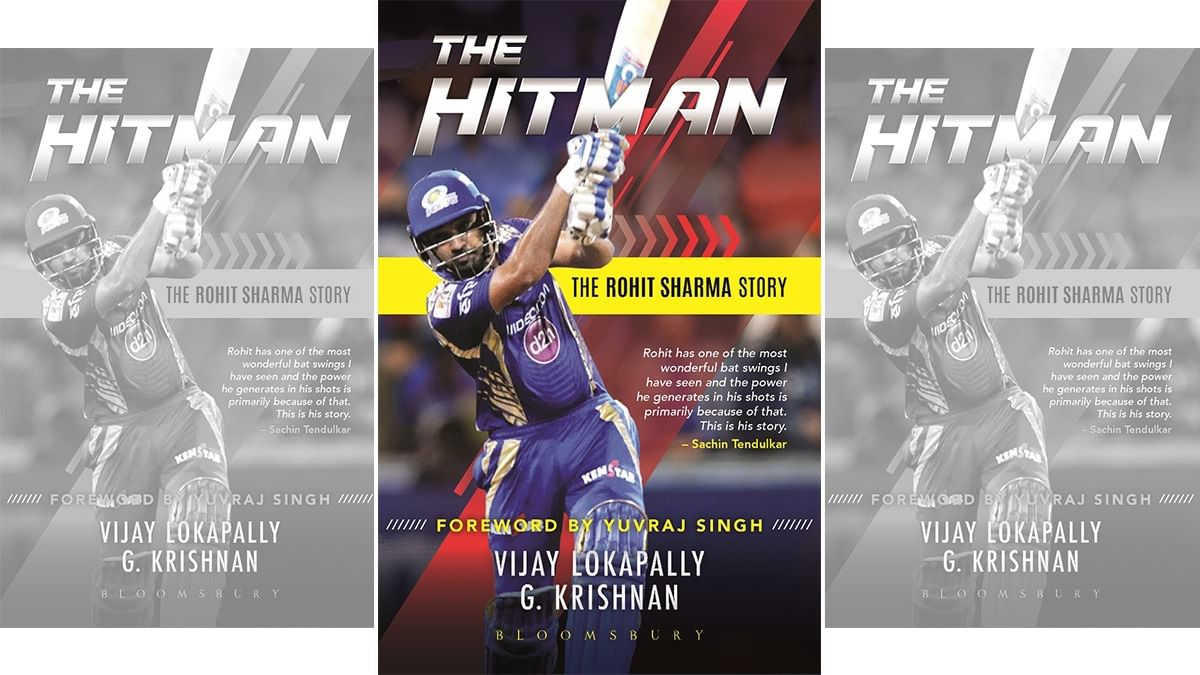A New Dawn, A Veteran`s Dilemma
The Board of Control for Cricket in India (BCCI) has made a bold statement by entrusting the ODI captaincy to the promising Shubman Gill. This move draws a definitive line under Rohit Sharma`s era as the principal leader in the 50-over format. For a player who has not only shouldered the immense responsibility of captaincy but also redefined aggressive opening in ODIs, this transition inevitably prompts a crucial question: What does the future hold for the `Hitman`?
The Aggression Paradox: Freedom or Caution?
Rohit Sharma, particularly in his captaincy stint, became synonymous with a fearless, aggressive approach right from the first ball. His statistics from the ODI World Cup 2023 and the Champions Trophy 2025 (where he boasted the best strike-rate among top-order Indian batters) are testament to his intent and selflessness. He led by example, pushing the boundaries of what an opener could achieve.
However, former India cricketer Robin Uthappa, a former teammate of Rohit, has voiced a concern that resonates deeply within cricketing circles. Uthappa suggests that losing the captaincy might lead Rohit to adopt a “more cautious approach.” The logic is deceptively simple, yet profoundly human: it`s arguably more difficult for selectors to drop a captain than a regular player. Freed from leadership, a player might feel a heightened need to secure his spot through conservative play, rather than the high-risk, high-reward aggression that often defined his captaincy. The irony, of course, is that the very aggression he exhibited as captain might now be seen as a luxury he can no longer afford as a pure batsman vying for a spot solely “on merit.”
The Meritocratic Mantra and The Age Factor
Selectors have been explicit: both Rohit Sharma and Virat Kohli will now be picked based on merit. This seemingly straightforward declaration carries significant weight for seasoned players. For Rohit, who will be approaching 40 by the time the ODI World Cup 2027 rolls around, and who now primarily features in only one format, the challenge of maintaining peak form and fitness is monumental. Elite sport, after all, rarely grants exceptions for past glories.
Yet, amidst these challenges, there are encouraging signs of dedication. Former India assistant coach Abhishek Nayar recently revealed that Rohit has shed 10 kilograms, an impressive testament to his commitment to fitness. This isn`t merely about physical appearance; it`s a statement of intent, a clear signal that he is prepared to fight for his place and adapt to the rigorous demands of international cricket.
A New Chapter: The Australian Test
Rohit Sharma`s return to the Indian squad for the upcoming three-match ODI series against Australia, marking his first appearance in seven months, will be scrutinized intently. This series isn`t just another fixture; it`s his first significant outing post-captaincy, a crucial opportunity to define his new role. Will he embody the cautious approach Uthappa fears, or will the liberation from leadership duties allow him to play with an even greater, unburdened flair, reminding everyone why he earned the moniker `Hitman` in the first place?
The narrative of Rohit Sharma`s career is far from over. This captaincy transition, rather than signifying an end, could be the beginning of a fascinating new chapter. It`s a testament to the perpetual evolution of Indian cricket, where the torch is passed, but legends continue to forge their unique legacies in ever-changing roles.

